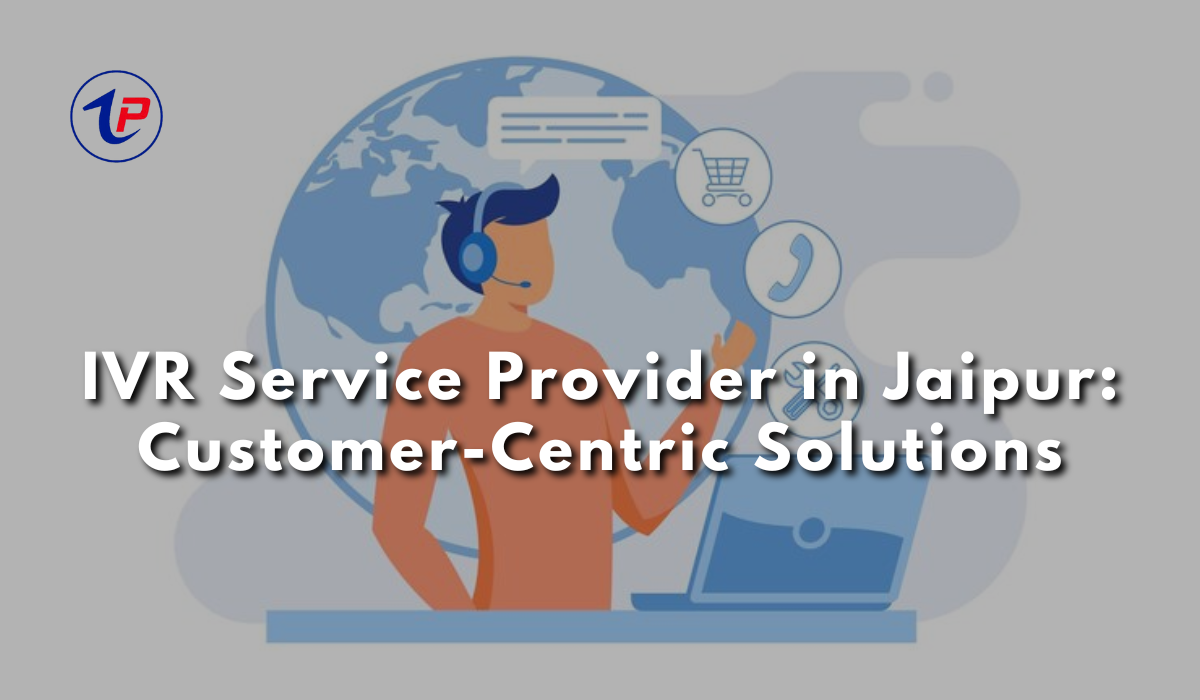As an e-commerce giant, Amazon offers two primary platforms for businesses to sell their products: Vendor Central and Seller Central. While both platforms provide access to Amazon’s vast customer base, they differ in their operational models, seller requirements, and levels of control. Choosing the right platform is crucial for businesses aiming to maximize their success on Amazon. In this comprehensive guide, we’ll delve into the intricacies of Amazon Vendor Central and Seller Central, helping you make an informed decision that aligns with your business goals and strategies.
Understanding Amazon Vendor Central Amazon Vendor Central is a platform designed for established brands and manufacturers to sell their products on Amazon through a wholesale model. When operating as a vendor, you essentially become a supplier to Amazon, selling your inventory in bulk at a predetermined wholesale price.
Here are some key aspects of Amazon Vendor Central:
- Wholesale Pricing Model: Vendors negotiate wholesale prices with Amazon, and Amazon then sets the retail price for the products.
- Inventory Management: Amazon takes ownership of the inventory once it is purchased from the vendor, handling storage, fulfillment, and customer service.
- Purchase Orders: Vendors receive purchase orders from Amazon, indicating the quantity and specific products Amazon wants to buy.
- Restricted Pricing Control: Vendors have limited control over the retail pricing of their products, as Amazon determines the final selling price.
- Product Detail Page Control: Amazon maintains control over the product detail pages, including content, images, and descriptions.
- Eligibility Requirements: Vendor Central typically requires businesses to have an established brand, a proven track record, and the ability to meet Amazon’s supply and quality standards.
Advantages of Amazon Vendor Central:
- Access to Amazon’s vast customer base and marketing resources.
- Reduced overhead costs associated with inventory management, fulfillment, and customer service.
- Potential for increased sales volume through Amazon’s marketing efforts.
- Simplified selling process, as Amazon handles many operational aspects.
Disadvantages of Amazon Vendor Central:
- Limited control over pricing and product listings.
- Lower profit margins due to the wholesale pricing model.
- Potential for lost sales if Amazon runs out of your inventory.
- Strict requirements and approval process for becoming a vendor.
Understanding Amazon Seller Central Amazon Seller Central, on the other hand, is a platform designed for third-party sellers, including individual entrepreneurs, small businesses, and larger retailers. In this model, sellers maintain control over various aspects of their business operations, including pricing, inventory management, and product listings.
Here are some key aspects of Amazon Seller Central:
- Retail Pricing Model: Sellers have full control over the pricing of their products, allowing them to set competitive prices and adjust them as needed.
- Inventory Management: Sellers are responsible for managing their own inventory, including storage, fulfillment, and shipping.
- Product Detail Page Control: Sellers have complete control over their product detail pages, including content, images, and descriptions.
- Fulfillment Options: Sellers can choose to fulfill orders themselves (Fulfillment by Merchant, or FBM) or leverage Amazon’s fulfillment services (Fulfillment by Amazon, or FBA).
- Seller Fees: Sellers are subject to various fees, including referral fees, selling plan fees, and fulfillment fees (if using FBA).
- Eligibility Requirements: While less stringent than Vendor Central, Seller Central still has requirements related to product quality, seller performance, and compliance with Amazon’s policies.
Advantages of Amazon Seller Central:
- Control over pricing, product listings, and inventory management.
- Potential for higher profit margins compared to Vendor Central.
- Flexibility to adjust pricing and product offerings based on market conditions.
- Access to Amazon’s customer base and fulfillment services (if using FBA).
Disadvantages of Amazon Seller Central:
- Increased operational responsibilities, including inventory management and fulfillment (if not using FBA).
- Seller fees can impact overall profitability.
- Increased competition with other third-party sellers on the platform.
- Potential for account suspension or product listing removal if Amazon’s policies are violated.
Factors to Consider When Choosing Between Vendor Central and Seller Central When deciding between Amazon Vendor Central and Seller Central, businesses should carefully evaluate their goals, resources, and operational capabilities. Here are some key factors to consider:
- Brand Reputation and Established Presence: Well-established brands with a proven track record may find Vendor Central more suitable, as it aligns with Amazon’s requirements for vendors. Smaller businesses or those just starting may find Seller Central a better fit initially.
- Product Catalog Size and Diversity: Businesses with a large and diverse product catalog may benefit from the flexibility and control offered by Seller Central. Vendors with a more focused and streamlined product line may find Vendor Central a better option.
- Pricing Strategy and Profit Margins: If maximizing profit margins is a priority, Seller Central may be more advantageous, as vendors typically receive lower wholesale prices from Amazon. However, businesses willing to trade lower margins for increased sales volume and reduced operational overhead may prefer Vendor Central.
- Operational Capabilities and Resources: Vendor Central can be attractive for businesses with limited resources or infrastructure for inventory management, fulfillment, and customer service. Seller Central may be more suitable for businesses with the operational capabilities to handle these aspects independently or through third-party logistics providers.
- Growth Aspirations and Scalability: If your business aims for rapid growth and scalability, Seller Central may provide more flexibility and control over expansion strategies. Vendor Central can also support growth, but may be subject to Amazon’s purchasing and supply chain requirements.
- Brand Control and Customization: If maintaining complete control over product listings, branding, and customer experience is crucial, Seller Central may be the preferred option. Vendors have less control over these aspects in Vendor Central.
Hybrid Approach: The Best of Both Worlds In some cases, businesses may find it beneficial to adopt a hybrid approach, leveraging both Vendor Central and Seller Central simultaneously. This strategy can be particularly advantageous for businesses with a diverse product portfolio, allowing them to tailor their approach based on product categories, brand positioning, and operational capabilities.
By adopting a hybrid model, businesses can take advantage of the benefits of both platforms. For example, they could sell their flagship products as vendors, benefiting from Amazon’s inventory management and marketing resources, while utilizing Seller Central for niche or seasonal products, allowing for greater pricing flexibility and control.
Seeking Professional Guidance: Partnering with an Amazon Consulting Agency Navigating the complexities of Amazon’s selling platforms can be challenging, especially for businesses new to the e-commerce landscape. In such cases, partnering with an experienced Amazon Consulting Agency or an Amazon Marketing Services Agency can prove invaluable.
These specialized agencies provide expert guidance and support throughout the entire process, from selecting the right platform to optimizing product listings, managing inventory, and implementing effective marketing strategies. By leveraging their in-depth knowledge and proven methodologies, businesses can maximize their chances of success on Amazon while minimizing potential pitfalls.
Tech2Globe Web Solutions, a renowned 360-degree IT, web, software, BPO/KPO, and online marketing services provider, offers comprehensive Amazon consulting and marketing services tailored to businesses of all sizes. Their team of experienced professionals can analyze your unique business requirements, provide strategic recommendations, and assist you in navigating the nuances of Amazon’s platforms, ensuring a seamless and profitable e-commerce journey.
Conclusion Choosing between Amazon Vendor Central and Seller Central is a critical decision that can significantly impact your business’s success on the e-commerce giant’s platform. While both options offer access to Amazon’s vast customer base, they cater to different business models, operational capabilities, and growth strategies.
By carefully evaluating factors such as brand reputation, product catalog, pricing strategy, operational resources, and growth aspirations, businesses can determine the platform that best aligns with their goals and requirements. Additionally, seeking guidance from experienced Amazon Consulting Agencies or Amazon Marketing Services Agencies can provide valuable insights and support, ensuring a well-informed decision and a smoother transition to the chosen platform.
Ultimately, the decision between Vendor Central and Seller Central should be driven by a thorough understanding of your business’s unique needs and a strategic vision for long-term success on Amazon’s dynamic e-commerce landscape.




